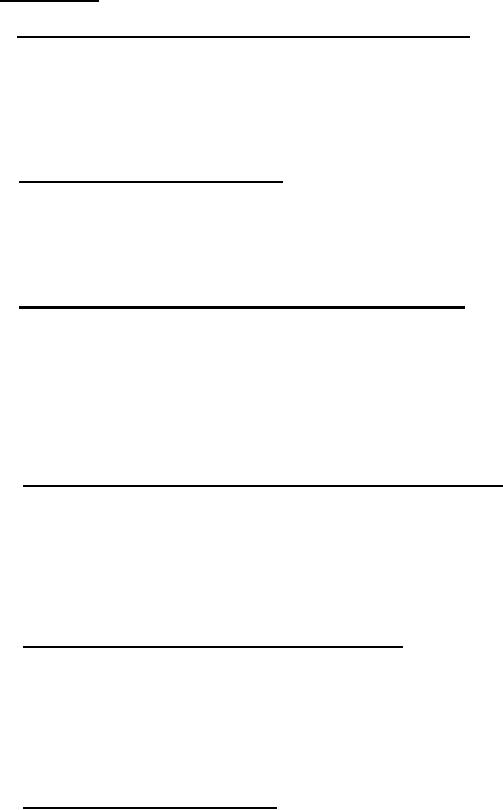 |
|||
|
Page Title:
Reverse leakage through expiatory valve assembly. |
|
||
| ||||||||||
|
|  MIL-M-85831(AS)
4.8.2 Performance.
4.8.2.1 Inspiratory and hood air supply components leakaqe. The mask
facepiece Inlet valve and the manifold assembly air inlet port shall be
sealed. With a suction of 10.0 in WG applied to the hood Inlet adapter the
leakage rate shall be measured. The mask facepiece inlet valve shall then be
unsealed and a suction of 10.0 in. WG shall be applied to the hood Inlet
adapter. The leakage rate shall again be measured. `The mask facepiece
leakage shall meet the requirements specified in 3.8.1.
The mask facepiece inlet valve
4 . 8 . 2 . 2 - Mask facepiece Ieakaqe.
shall be sealed. The exhalation valve shall be restrained in the open
position, and the reflected edge of the mask facepiece shall then be fitted
with sealing plates to seal the mask facepiece cavity. With a suction of one
in. WG applied to the mask facepiece cavity, the leakage rate shall be
measured and shall meet the requirements specified in 3.8.2.
4.8.2.3 Reverse leakage throuqh expiatory valve assembly. The expiratory
valve assembly shall be fitted to the mask facepiece assembly with the valve
tube coupled. The mask facepiece shall then be fitted to the respirator
faceplate and the mask facepiece Inlet valve shall be sealed. The expiatory
valve shall be restrained on the open position then the reflected edge of the
mask facepiece shall be fitted with sealing plates to seal the mask facepiece
cavity. A suction of one in. WG. shall be applied to the mask facepiece
cavity. The leakage rate shall be measured and shall meet the requirements
specified in 3.8.3.
4.8.2,4 Load test on hood and mask facepiece hose connections. An axial
load of 25 pounds shall be applied to the hood inlet hose connection for a
period of 10 seconds. An axial load of 25 pounds shall then be applied to the
mask facepiece hose connection to the anti-suffocation disconnect coupling for
a period of 10 seconds. An axial load shall be applied, in turn, to the hood
connection and the mask facepiece hose connection to the manifold assembly for
a period of 10 seconds. The hood and mask facepiece tube connections shall
meet the requirements specified in 3.8.4.
4.8.2.5 Assembly leakaqe Into the hood compartment. The mask facepiece
inlet valve shall be sealed. The reflected edge of the mask facepiece shall
be fitted with sealing plates to seal the facepiece cavity. The manifold
assembly alr Inlet port shall be sealed. The mask shall be mounted on the
test stand and the neck seal shall be sealed to the test stand. The hood
outlet shall be closed. A suction of 0.5 in WG shall be applied to the hood
compartment. The leakage rate shall be measured and shall meet the
requirements specified in 3.8.5.
4.8.2.6 Microphone and pluq assembly. The microphone and plug shall be
connected to a Functional Microphone Tester. The microphone shall be held
against the tester sound source' and the sound source Increased until the
ammeter/voltmeter moves. Any movement in excess of normal background reading
shall indicate an acceptable microphone. The microphone and plug assembly
shall meet the requirements of 3.8.6.
15
|
|
Privacy Statement - Press Release - Copyright Information. - Contact Us |